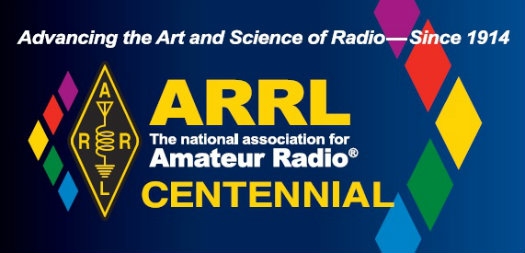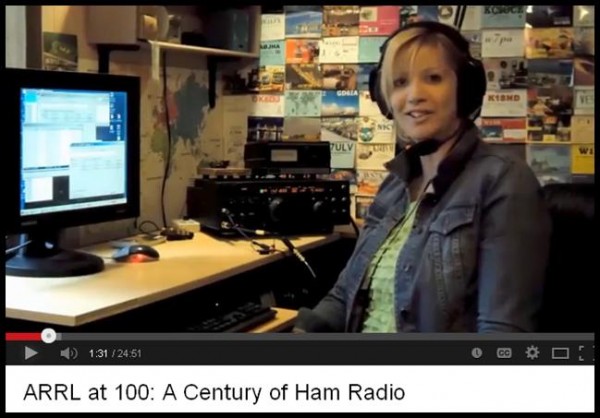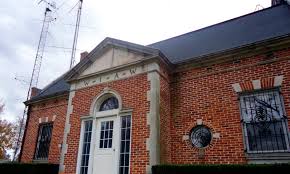Amateur Radio, Invented in Hartford, Will Celebrate 100 Years with National Convention Here
/
Before smart phones, before the internet, there was Amateur Radio, better known as Ham Radio. And it began in Hartford – spreading quickly around the world a century ago. The province of hobbyists and enthusiasts, Ham Radio often became a lifeline when disasters struck and traditional phone lines were rendered inoperable.
Technology has surely changed, but a thriving American Radio Relay League (ARRL), the national association for Amateur Radio, will mark the 100th anniversary of its founding this summer at the Connecticut Convention Center in its birthplace, Hartford.
The organization’s Centennial Convention will be July 17-19, 2014, according to ARRL President Kay Craigi. The theme will be: Advancing the Art and Science of Radio—Since 1914. Ham Radio remains a popular hobby and service in which licensed Amateur Radio operators (hams) operate communications equipment. ARRL has over 162,000 members and e mploys approximately 100 people, with national headquarters in Newington.
mploys approximately 100 people, with national headquarters in Newington.
Federal Emergency Management Agency (FEMA) Administrator W. Craig Fugate, call sign KK4INZ, will be the keynote speaker at the ARRL Centennial Banquet on July 18.
It all began in May 1914 when Hiram Percy Maxim (1869-1936), a leading Hartford inventor and industrialist, founded the American Radio Relay League (ARRL), together with Clarence Tuska, secretary of The Radio Club of Hartford. ARRL headquarters moved to Newington in 1938 and is visited by nearly 2,000 groups and individuals each year. The site is home to The Hiram Percy Maxim Memorial Station, call sign W1AW.  ARRL's mission is based on five pillars: Public Service, Advocacy, Education, Technology, and Membership.
ARRL's mission is based on five pillars: Public Service, Advocacy, Education, Technology, and Membership.
Although Amateur Radio operators get involved for many reasons, officials say, they all have in common a basic knowledge of radio technology and operating principles, and pass an examination for the FCC license to operate on radio frequencies known as the "Amateur Bands." These bands are radio frequencies reserved by the Federal Communications Commission (FCC) for use by ham radio operators.
“The 2014 ARRL Centennial is a once-in-a-lifetime opportunity,” said ARRL Marketing Manager Bob Inderbitzen, who explained that the convention will include presentations and forums, exhibits, vendors, demonstrations, flea market, activities for youth, and a banquet.
“We’ve also planned some very special ce ntennial-themed activities,” Inderbitzen added, “including coach bus trips to ARRL headquarters and W1AW—the Hiram P. Maxim Memorial Station in nearby Newington. We want ARRL members to come with all of their experiences from the first one hundred years of Amateur Radio and ARRL, and leave with a shared vision for ARRL’s second century.”
ntennial-themed activities,” Inderbitzen added, “including coach bus trips to ARRL headquarters and W1AW—the Hiram P. Maxim Memorial Station in nearby Newington. We want ARRL members to come with all of their experiences from the first one hundred years of Amateur Radio and ARRL, and leave with a shared vision for ARRL’s second century.”
More information about ARRL and Amateur Radio is online at www.arrl.org/what-is-ham-radio. Details on the centennial convention are available at www.ARRL2014.org. The organization has also developed a 25 minute documentary about the history of Amateur Radio, which is available on You Tube. Fans of the ABC Television show “Last Man Standing” may be aware that its main character, “Mike Baxter” — played by Tim Allen — is supposed to be a radio amateur, KAØXTT





























